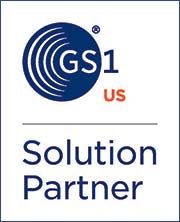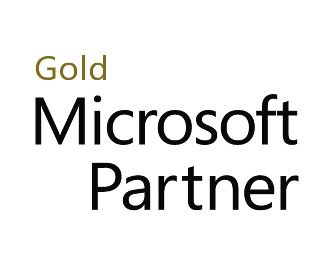Information technology (IT) equipment is some of the most valuable property companies own, but tracking these expensive assets (which often hold even more valuable company data) is typically a labor-intensive, manual process. Computers, servers, printers, and other items are often marked with serial numbers that have to be written down and entered into a spreadsheet. If the equipment is marked with a barcode, it can be difficult to locate and scan the labels in a crowded rack of servers. The solution: RFID.
Using RFID tags to track and manage IT assets, companies can greatly improve their asset tracking activities by automating processes, improving data accuracy, and better securing their equipment. Without this type of accurate and efficient asset tracking, companies will struggle with meeting financial, legal and regulatory obligations related to asset security and management.
IT asset tracking has become much more mission-critical over the past decade. There are government and industry regulations, like the Federal Information Security and Management Act (FISM), that require accurate, auditable tracking of IT assets throughout their lifecycle. Sarbanes-Oxley, HIPAA, and other regulations also require accurate IT asset management.
RFID has increasingly been seen as a more efficient way to meet these requirements. The finance industry, in fact, even developed an RFID standard for IT asset tracking, which was created by the Financial Services Technology Consortium (FTSC) specifically for Sarbanes-Oxley compliance.
Many computer and server manufacturers even offer equipment with RFID tags already embedded in the equipment for this purpose.
Manually tracking this type of equipment is time-consuming and error-prone, even with barcode labeling. RFID can fully automate this process and make it easier for staff to locate and identify assets, as well as track when they are moved or removed for maintenance or disposal.
Portals at the entryways of a data center can update the status of equipment when a tagged asset enters or leaves the facility. This removes the requirement for human intervention and line of sight scanning. Combined with RFID-based employee badges, this type of solution can help create an accurate record of which employees transported which assets, with a time and date stamp.
RFID also provides a cost-effective method of accurate taking inventory in a data center. Employees can simply push a cart equipped with a mobile reader through the facility and automatically gather data, eliminating the need to handle each asset. Because inventory processes are less expensive and take less time, inventories can be taken more frequently. A process that might have taken hours in the past can take less than one hour with RFID.
Other benefits of RFID asset tracking include:
- Improved accounting processes are possible via audit-proof inventory data.
- IT departments can better manage equipment lifecycles and scale up or down the equipment fleet more efficiently.
- With RFID portals stationed at entryways, companies can improve security and reduce theft.
- With a real-time view of the equipment, IT departments can eliminate redundant assets.
- Staff can more quickly locate specific servers, data tapes, and other items.
- With more accurate inventory information, IT departments can improve asset utilization and eliminate unnecessary capital expenditures.
RFID can quickly improve an IT department’s asset tracking activities and free staff from tedious manual tracking while providing an accurate view of assets throughout their lifecycle.
Also read – How Does an Rfid Asset Tracking System Work?





